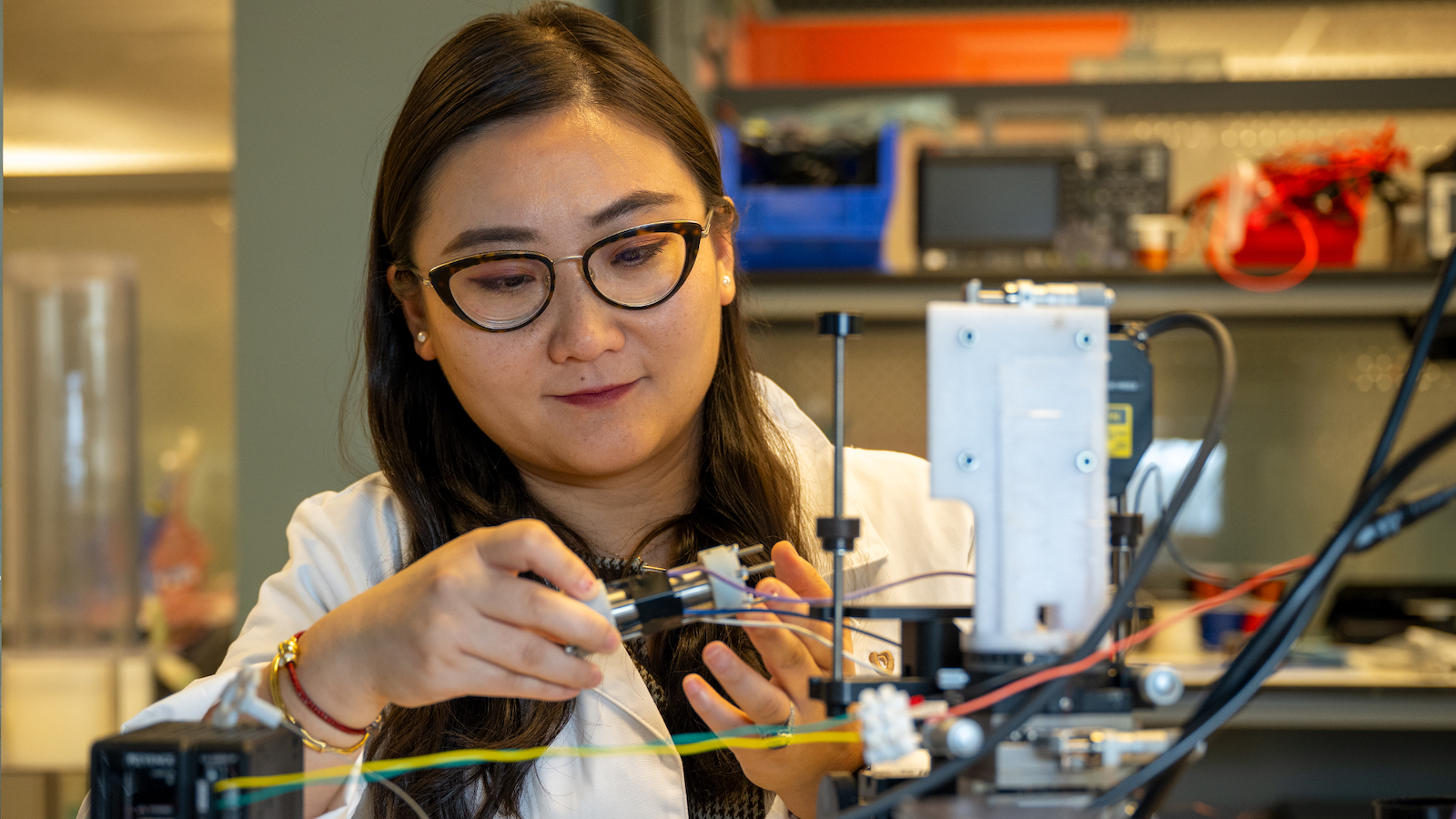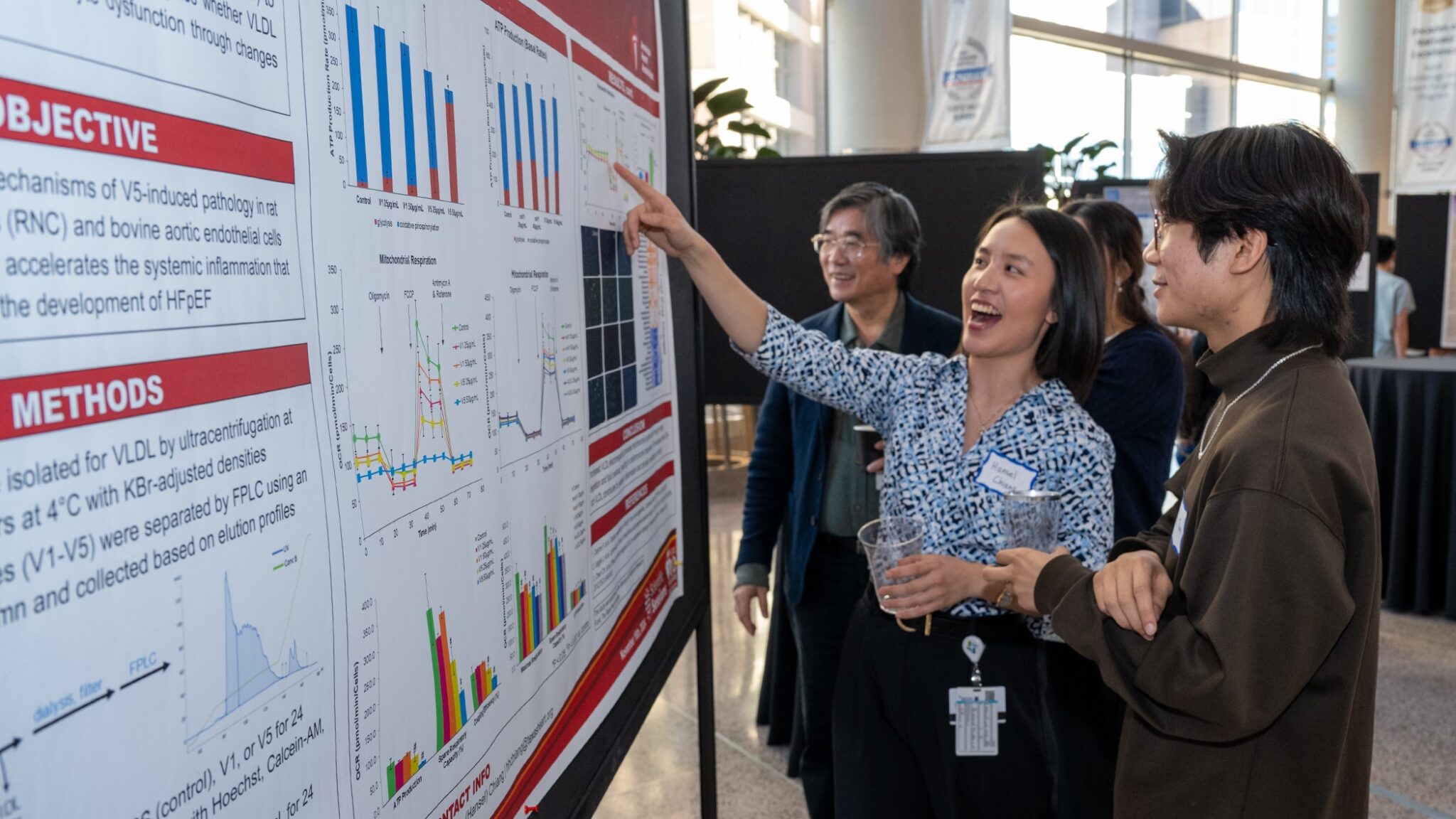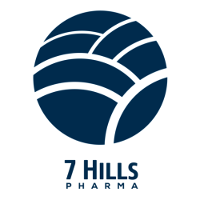
Darren Woodside, Ph.D., is the Vice President for Research and Director of the Flow Cytometry and Imaging Core at the Texas Heart Institute.
Show full bioDr. Woodside’s research centers around the role that cell adhesion plays in cardiovascular and autoimmune diseases, and the development of novel means to identify and treat these diseases. Prior to assuming the position of Vice President, he served as Associate Director of the Molecular Cardiology Research Laboratories at THI and Associate Director of Drug Discovery at Encysive Pharmaceuticals. He was awarded his Ph.D. from the University of Texas MD Anderson Cancer Center’s Department of Immunology and was a post-doctoral fellow at The Scripps Research Institute.
He has authored numerous publications, served on Editorial Review Boards, and currently chairs the NIH Innovative Immunology Study Section.
Texas Heart Institute Positions
- Vice President for Research, Administration
- Director, Flow Cytometry and Imaging, Molecular Cardiology Research
Interests
- Inflammation
- Non-invasive diagnostic imaging technologies
Education
-
Undergraduate:
Queen's University at Kingston
-
Postgraduate:
University of Texas MD Anderson Cancer Center, Graduate School of Biomedical Sciences
-
Fellowships:
The Scripps Research Institute
Honors, Awards and Memberships
Publications
Recent News

The Texas Heart Institute Names Dr. Yaxin Wang as First Female Endowed Chair for Innovative Device & Engineering Applications
The Texas Heart Institute is proud to announce Yaxin Wang, PhD, as the John S. Dunn Endowed Chair in Innovative...

Research Social Delivers Dynamic Afternoon Focused on Collaborative Science
On November 20, 2024, The Texas Heart Institute (THI) held its first-ever Research Social, marking a significant shift from traditional...

7 Hills Pharma Announces First Patient in Phase 1b/2a Clinical Trial Testing Alintegimod Against aPD-1-resistant Solid Tumors
The Texas Heart Institute is excited to share the groundbreaking progress of 7 Hills Pharma Inc. (“7 Hills”), a clinical-stage...


